17 Different Types of Cherries
Cherries, with their delicious flavor, are perhaps the juiciest of all stone fruits. Unlike berries, cherries have only one central seed surrounded by a fleshy part, which is covered by a thin skin. Although they are commonly sold as ‘cherries’ in the grocery stores, there are hundreds of varieties grown in the US. While each of these varieties has a slight taste difference, most of them are harvested during the summer months.
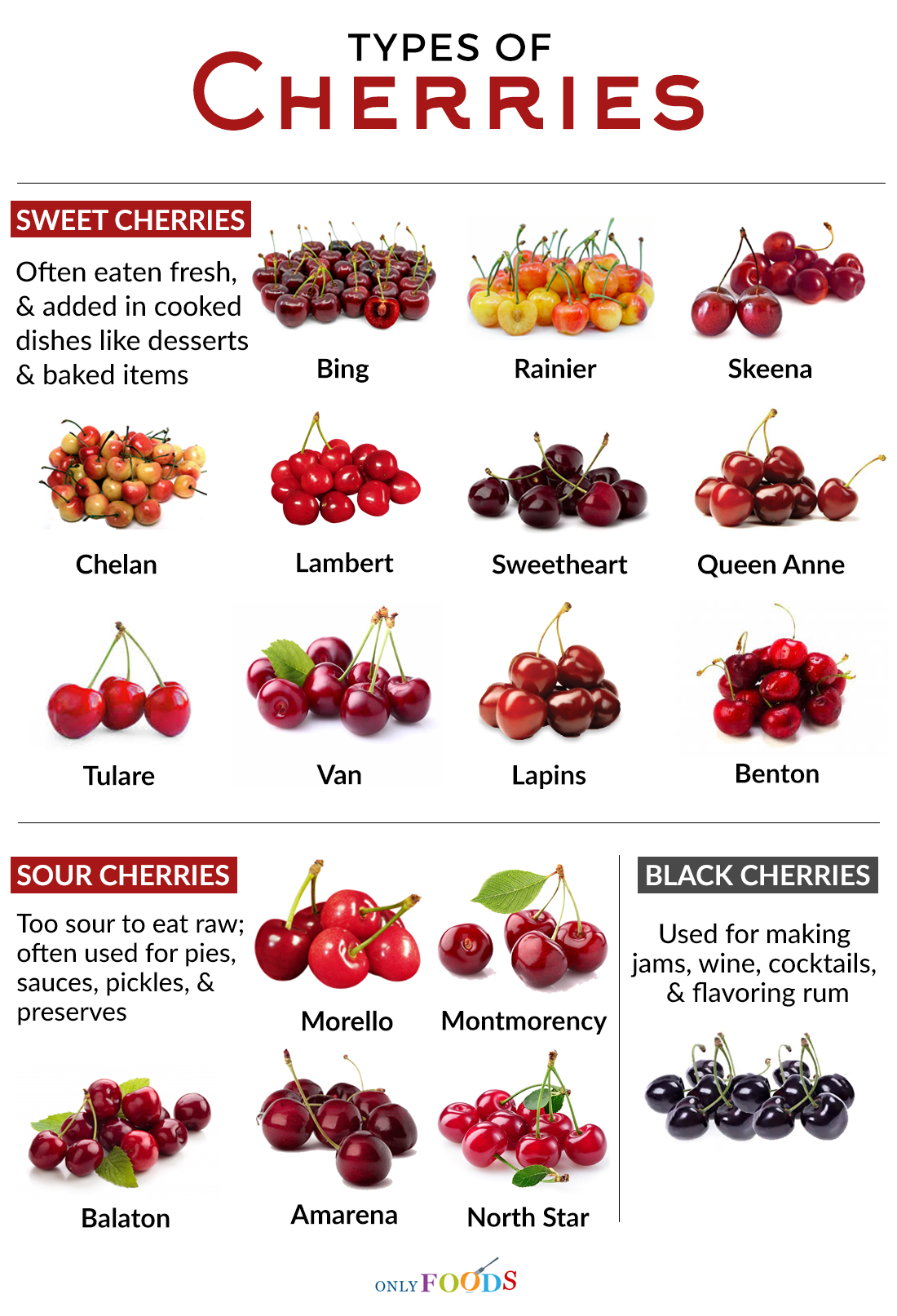
17 Different Types of Cherries
Table Of Content
Depending on their taste, two basic types exist: sweet or wild and sour or tart. Almost all the common varieties available in grocery stores originate from either of these two.
1. Sweet Cherries (Wild Cherries)
(Prunus avium)
Characteristic heart-shaped fruits with sweet, firm flesh, ranging in color from dark red to yellowish pink to purplish black. They are commonly grown in Europe, Asia, and the US, and are either eaten raw or added to cooked dishes.
Calories (per 100g, raw): 63
Bing Cherries
This type, known for its characteristic heart shape, is the most popular commercial sweet cherry in the US grown in Washington, California, Oregon, and Wisconsin. Bings are large fruits with firm, juicy flesh, having a dark red or mahogany color, and an intensely sweet taste.
Ideal for: Eating fresh and raw, adding to dessert dishes and ice cream
Rainier Cherries
The rainier is a premium variety that offers a sweet flavor with a hint of tartness. This large-sized cherry boasts two colors, being creamy-yellow on the inside and golden-yellow on the outside with red patches on the skin. It was first developed by a researcher at Washington State University, and its name is derived from Mount Rainier, the largest mountain in Washington.
Ideal for: Eating fresh, using in cakes, pastries, ice creams
Skeena Cherry
It is a large, kidney-shaped cherry valued for its sweet taste and firm flesh. Both its skin and flesh are dark red, and it has greater resistance against fruit cracking and splitting. This cherry variety was first developed in British Columbia, Canada, for commercial use.
Ideal for: Canning, using in cooked dishes, eating raw and fresh
Chelan Cherries
The Chelan cherry is a medium-sized, round-shaped, sweet variety usually grown in the Pacific Northwest of the US. It is harvested earlier than the Bings and comes in a dark red or mahogany color. This type is valued for its firm texture and long shelf life.
Ideal for: Baking into muffins, freezing, using in pies and sauces
Lambert Cherries
These are very large, heart-shaped cherries characterized by black skin, dark, sweet flesh, and firm texture. It is one of the most well-known commercial varieties grown in the valleys of Oregon, Washington, and British Columbia.
Ideal for: Using in pies and sauces as a sweetener, eating raw and fresh
Sweetheart Cherries
The sweetheart cherries are a cultivated variety first produced in British Columbia, Canada. These are medium-sized, heart-shaped fruits with bright red skin and juicy flesh that has a firm texture. They are late-season fruits, which reach maturity after Bing.
Ideal for: Eating fresh, using in jams
Queen (Royal) Anne Cherries
These are a large, round-shaped type similar to Rainier in appearance. They possess a golden yellow skin that has red patches and a creamy flesh that is crispy in texture. The Royal Annes are sweeter, softer, and more aromatic than the Rainiers.
Ideal for: Eating fresh, preserving, canning
Tulare Cherries
They are a close relative of the Bing variety and are valued for their sweet, tangy flavor and firm texture. These cherries boast dark red skin and are preferred by those who like a hint of tanginess. They are typically grown in California and mature a week earlier than their cousin Bing.
Ideal for: Canning, freezing, eating fresh, adding to baked desserts
Van Cherry
It is a medium- to large-sized, round-shaped variety identified by its reddish-black skin and firm, dark flesh that has a semi-sweet flavor. This cultivated variety originated in Summerland, British Columbia, and has been grown as a popular commercial fruit type.
Ideal for: Eating fresh
Lapins Cherries
The Lapins is a very large type of cherry, growing up to an inch in size. They are hardy, crack-resistant fruits distinguished by their deep red skin and sweet, flavorful flesh. These are a rare variety and are available only for a few weeks in the market.
Ideal for: Baking, eating fresh
Benton Cherries
They are large, dark red fruits that resemble Bing cherries in appearance. Their firm, dense flesh has a rich, sweet flavor and is resistant to cracking. They are a hybrid and were first developed in Washington.
Ideal for: Incorporating in pies, eating fresh
2. Sour Cherries (Tart Cherries)
(Prunus cerasus)
These are smaller, softer, and more spherical than their sweet relatives. They are mostly grown in Europe, southwest Asia, and some of the US states, including Michigan. As their name suggests, they are too sour to eat fresh. Therefore, they are used in pies, sauces, pickles, and preserves.
Calories (per 100g, raw): 50
Morello Cherries
They are one of the most popular sour cherry varieties that have dark red to near brown skin, lighter juicy flesh, and a slightly bitter taste. In addition to Asia and Europe, this variety is grown in Michigan, Washington, and Utah in the US.
Ideal for: Adding to pancakes, waffles, and cherry syrup, accenting other dishes
Montmorency Cherries
These are the most sought-after sour cherry types in the US and Canada, valued for their rich, tart flavor. They are medium-sized fruits that come in bright red color and have a yellow flesh with a firm texture. These fruits, known for their juice, are also sold in dried form.
Ideal for: Using in jams, pies, and preserves
Balaton cherries
They are a large-sized cultivated variety characterized by a dark burgundy skin and flesh, offering a sweet-tart flavor. These fruits, resistant to cracking, are quite similar to Morellos in appearance. Although these cherries originated in Hungary, they are now commercially grown in the US.
Ideal for: Juice and pies
Amarena cherries
They are small-sized tart cherries typically grown in the Italian cities of Bologna and Modena. These are distinguished by their dark red skin and flesh that has a slightly sweet and bitter taste.
Ideal for: Bottled syrup and decoration on chocolate desserts
North Star Cherries
The North Stars are a sour cherry variety first developed in Minnesota. They are medium- to large-sized fruits with mahogany skin and flesh with a rich flavor. These fruits are now commonly used in home cooking.
Ideal for: Juice and desserts
3. Black Cherries
(Prunus serotina)
These are medium-sized fruits recognized by their dark purple to near black skin. The black cherries, commonly grown in both North and South America, are known for their bitter-sweet taste. Some of the most common cultivated varieties include Alabama black cherry, Chisos wild cherry, and eastern black cherry.
Ideal for: Making jams, and wine, garnishing cocktails, and flavoring rum
FAQs
Ans. The maraschino is a type of preserved and sweetened cherries usually made from Rainiers, Queen (Royal) Annes, and other golden varieties. They are commonly used for garnishing cakes, pastries, ice cream sundaes, milkshakes, and frozen yogurts. Instead of the traditional method of preserving them in maraschino liquors, maraschino cherries are now soaked in a brine solution and dyed vivid red.
Ans. The maraschino and Amarena cherries are widely used for cocktails and drinks. Apart from having a rich, elegant taste, they retain their texture and shape, making them well-suited for use in alcoholic beverages.
- by Joydeep Ghosh
- July 21st 2020

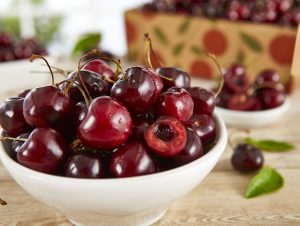
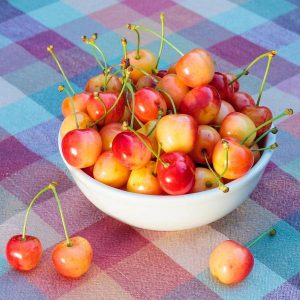
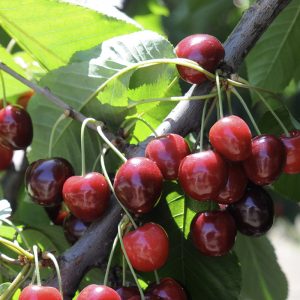
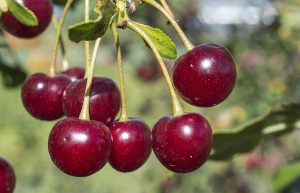
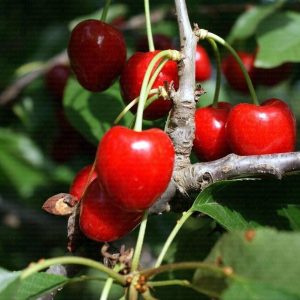
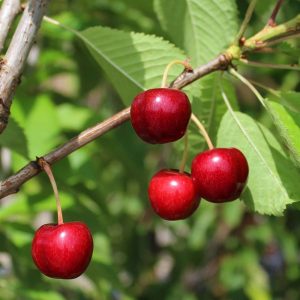
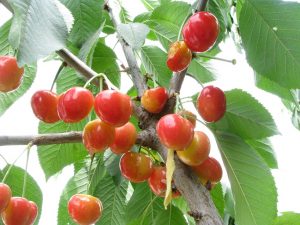
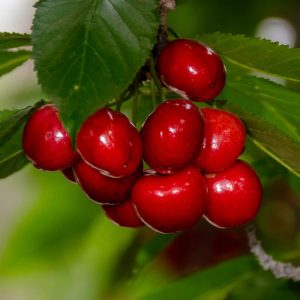
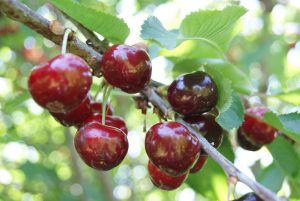
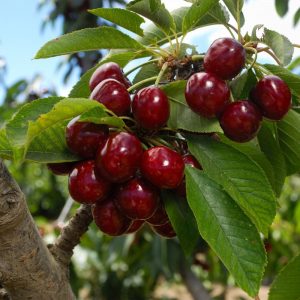
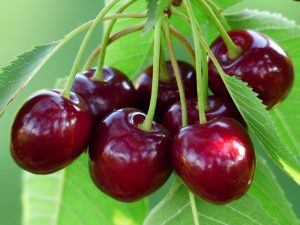
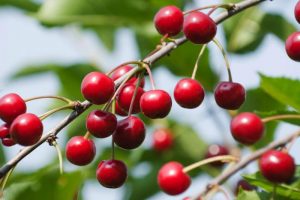
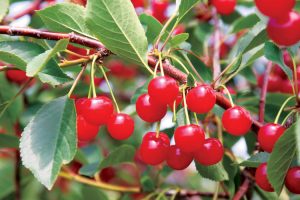
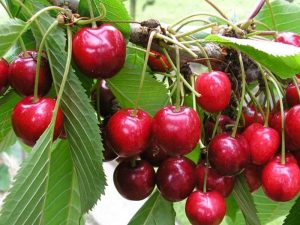
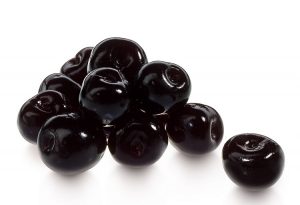
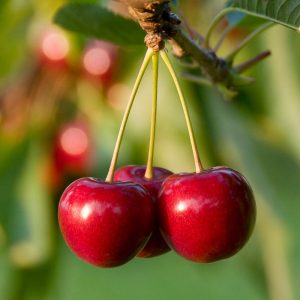
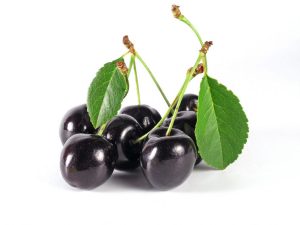
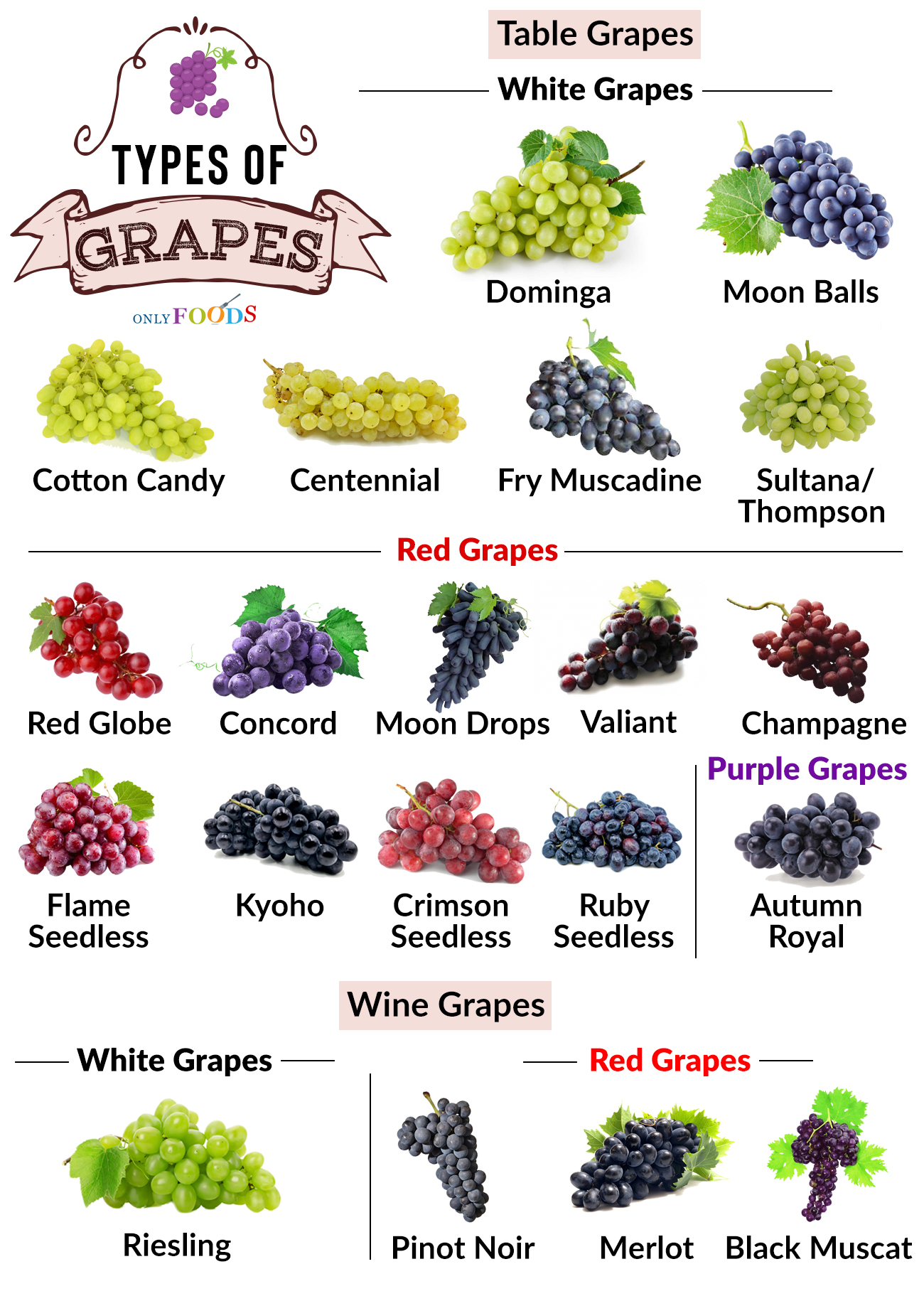
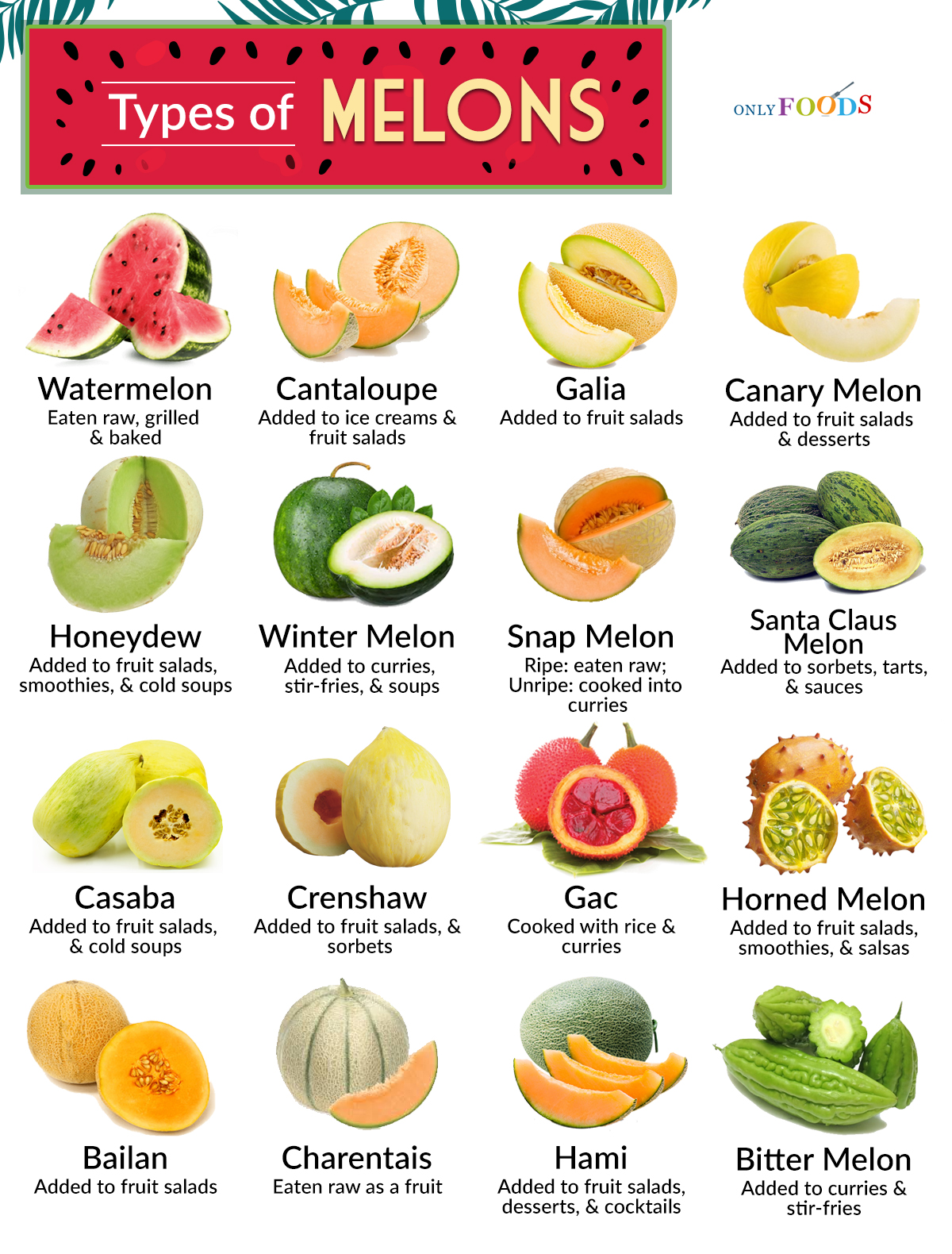
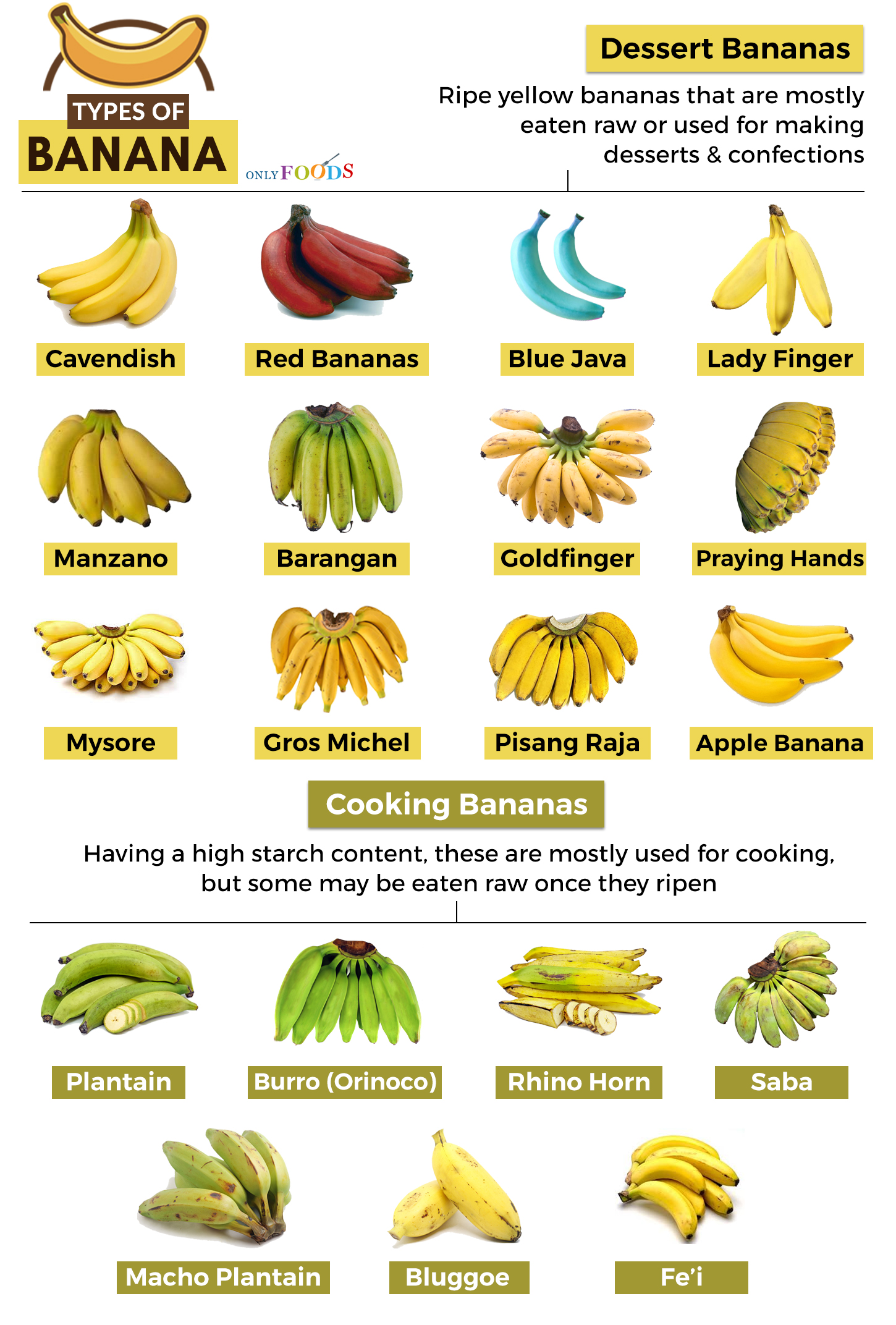
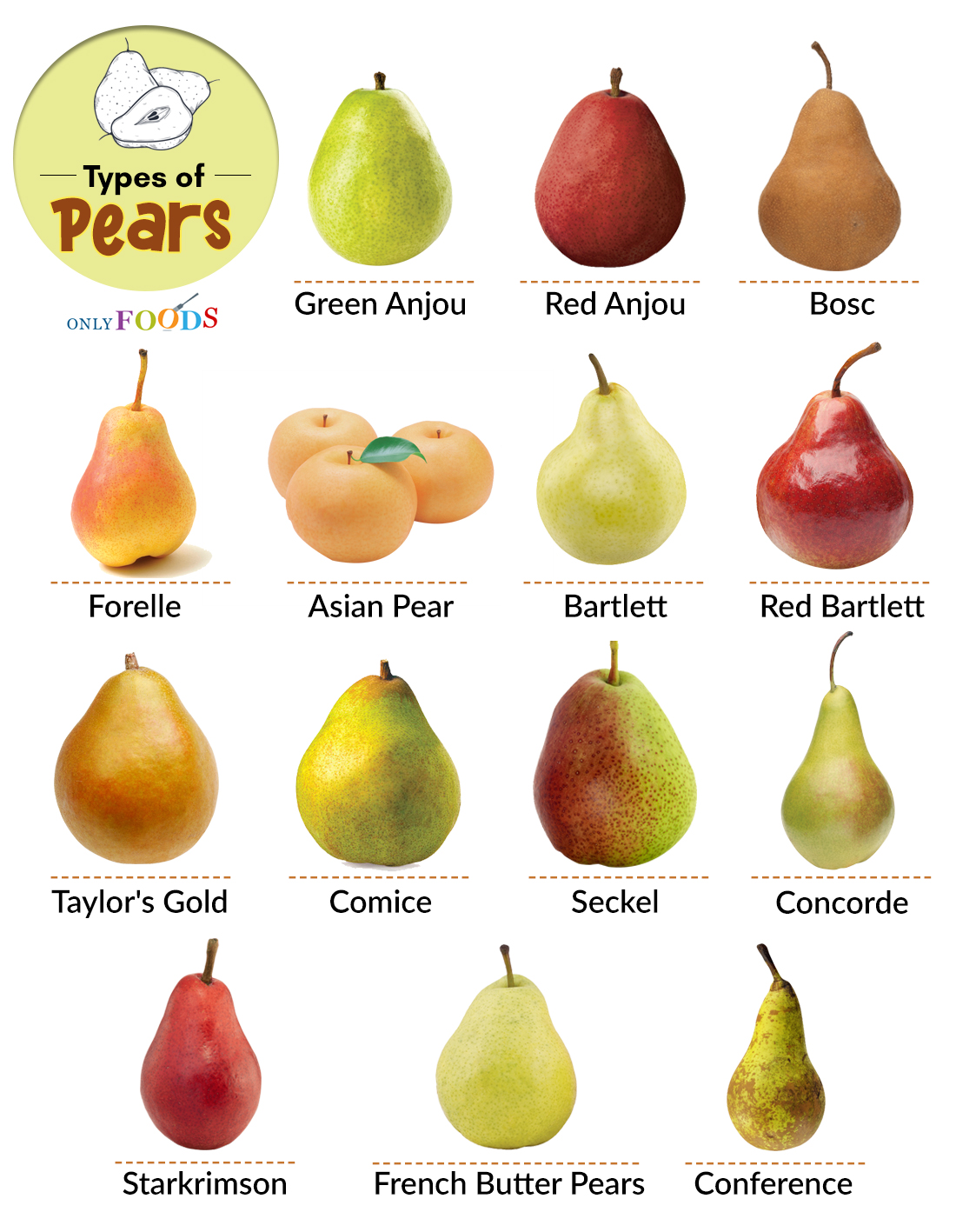
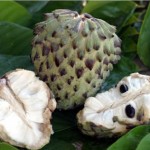
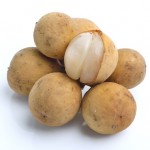
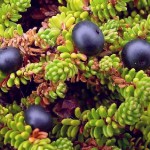
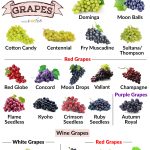
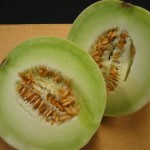
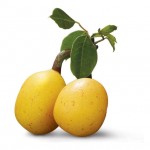
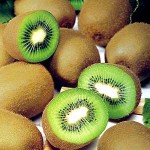
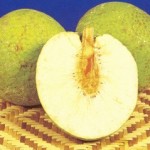
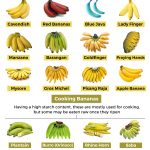
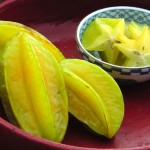
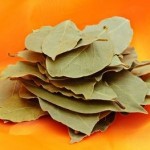
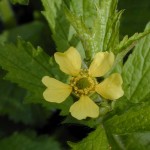
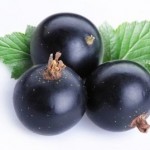
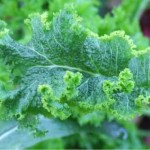
Leave a Reply